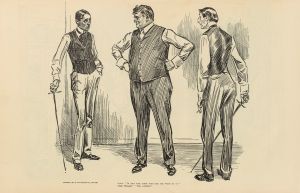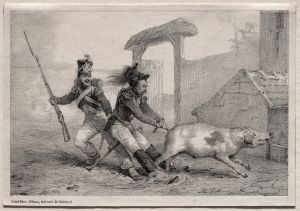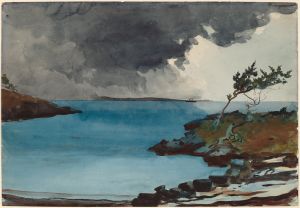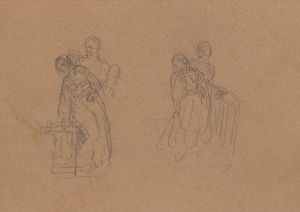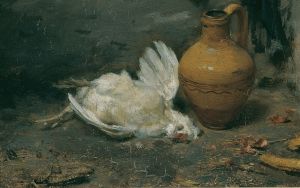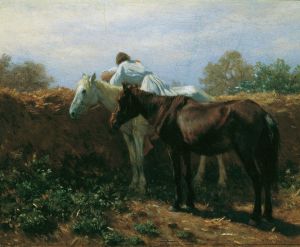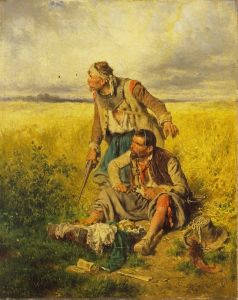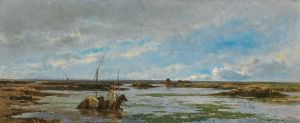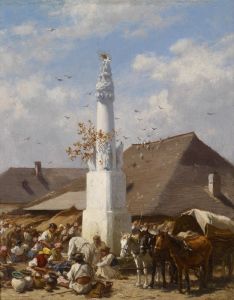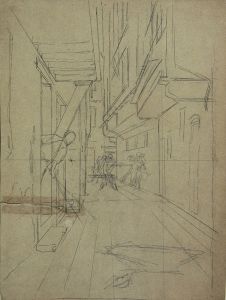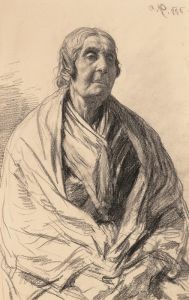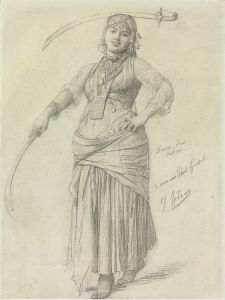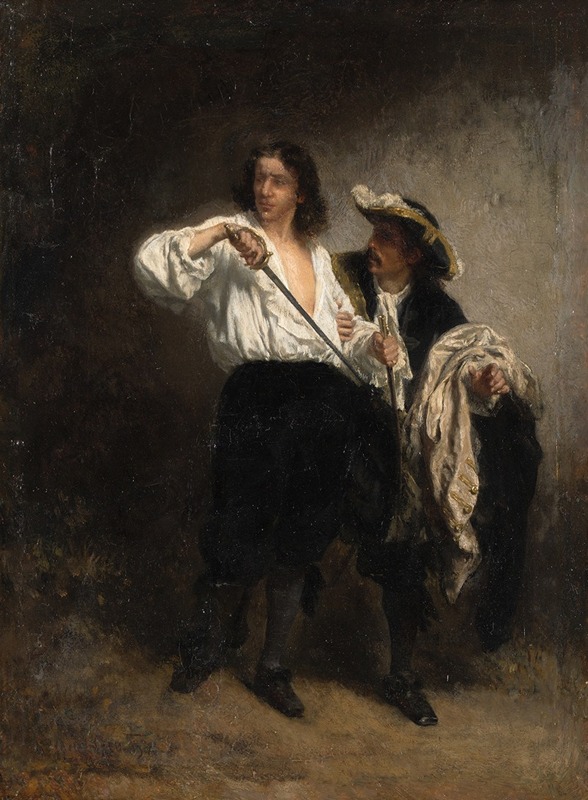
Na het tweegevecht
A hand-painted replica of August von Pettenkofen’s masterpiece Na het tweegevecht, meticulously crafted by professional artists to capture the true essence of the original. Each piece is created with museum-quality canvas and rare mineral pigments, carefully painted by experienced artists with delicate brushstrokes and rich, layered colors to perfectly recreate the texture of the original artwork. Unlike machine-printed reproductions, this hand-painted version brings the painting to life, infused with the artist’s emotions and skill in every stroke. Whether for personal collection or home decoration, it instantly elevates the artistic atmosphere of any space.
August von Pettenkofen was an Austrian painter known for his genre scenes and depictions of Hungarian life. Born in Vienna in 1822, Pettenkofen initially studied at the Academy of Fine Arts in Vienna. He was influenced by the works of Peter Fendi and Leopold Kupelwieser, and his early career was marked by historical and military subjects. However, his artistic focus shifted after a visit to Hungary, where he became captivated by the rural life and landscapes.
One of Pettenkofen's works is "Na het tweegevecht," which translates to "After the Duel" in English. This painting is an example of his genre scenes, capturing a moment of everyday life with a narrative quality. Pettenkofen's works often reflect a keen observation of human interactions and emotions, and "Na het tweegevecht" is no exception. The painting depicts the aftermath of a duel, a subject that was not uncommon in 19th-century art, reflecting the romanticized notions of honor and conflict prevalent during that time.
Pettenkofen's style is characterized by a realistic approach combined with a sensitivity to light and atmosphere. His use of color and composition often conveys a sense of immediacy and intimacy, drawing the viewer into the scene. In "Na het tweegevecht," Pettenkofen likely employs these techniques to highlight the tension and resolution following the duel, focusing on the expressions and body language of the figures involved.
Throughout his career, Pettenkofen was celebrated for his ability to capture the essence of Hungarian rural life. His frequent travels to Hungary provided him with ample inspiration and material for his paintings. The authenticity and detail in his work are a testament to his dedication to portraying the lives of the people he encountered.
Pettenkofen's contributions to art were recognized during his lifetime, and he received several honors, including being named a member of the Vienna Academy and receiving the Order of Franz Joseph. His works are held in high regard and can be found in various museums and collections, particularly in Austria and Hungary.
While specific details about "Na het tweegevecht" may not be extensively documented, it is representative of Pettenkofen's broader oeuvre, which is noted for its narrative depth and cultural insight. His paintings continue to be appreciated for their historical and artistic value, offering a window into the 19th-century Central European life and the artistic trends of the period.
In summary, August von Pettenkofen's "Na het tweegevecht" exemplifies his skill in genre painting and his interest in human stories. Through his work, Pettenkofen has left a lasting legacy that continues to be studied and admired by art enthusiasts and historians alike.





